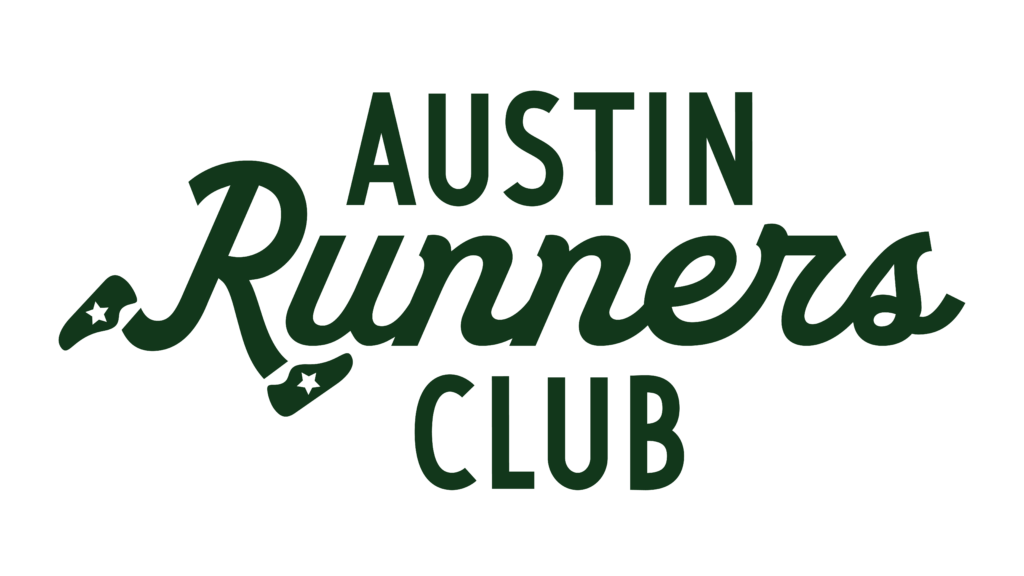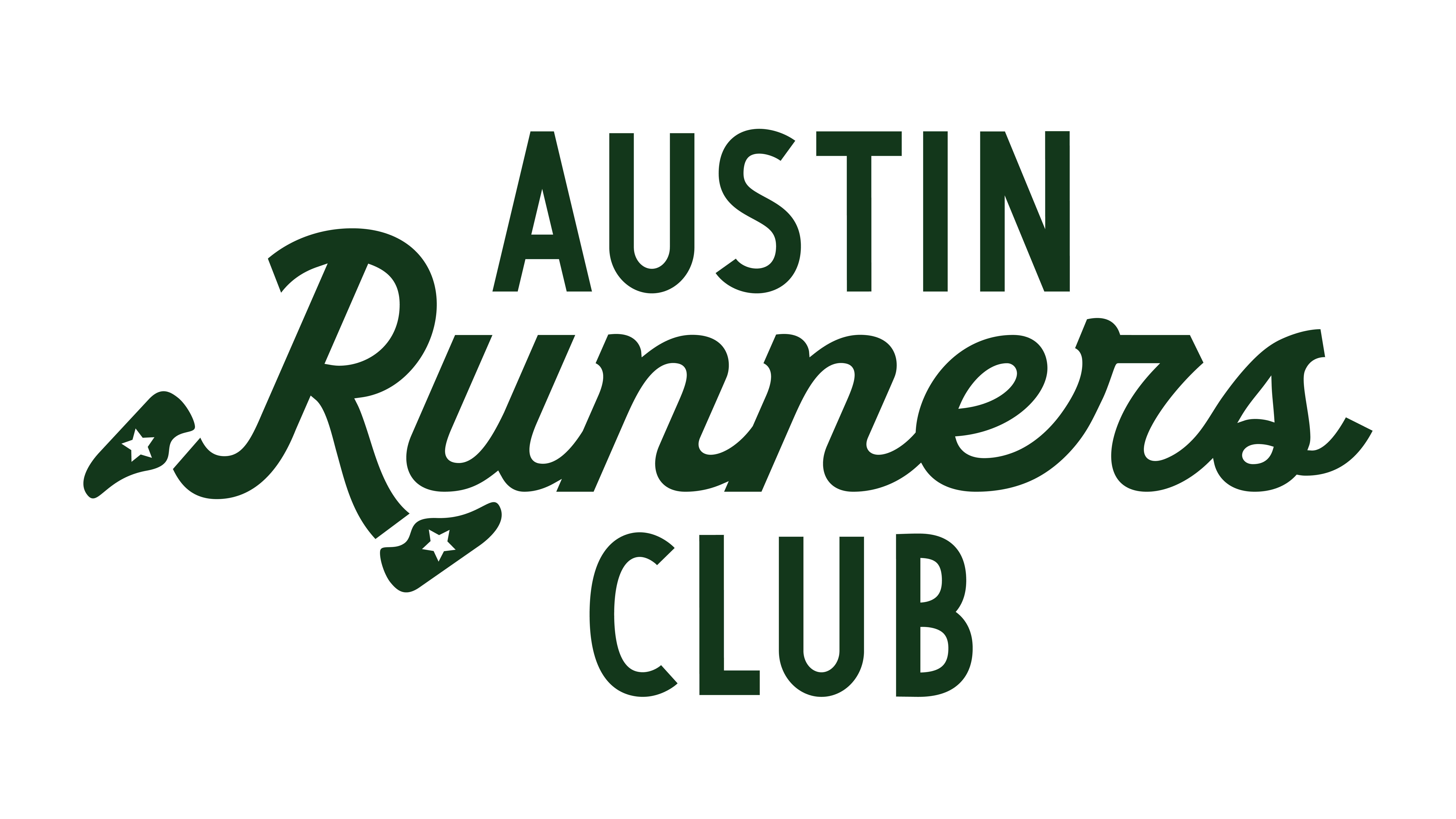Our awesome Distance Challenge Presenting Sponsor, Select Physical Therapy, provided some amazing insight to why cross-training is so important for runners. One of their top Orthopedic Specialists, Rachel Tolentin, included a variety of exercises to keep you strong as you round out the 2017-2018 season.
As runners we tend to focus on running being our sole workout, especially when training for longer runs can take a big chunk of time during the week. However, to be a well-rounded runner and reduce the risk of injuries it’s very important to make sure you are incorporating flexibility, proximal hip and core strengthening, as well as low to no impact training. The reason low to no impact training is important is because running causes a significant amount of stress through your bone structure from your feet all the way up to your spine. Incorporating Cross Fit or lots of plyometric (jumping/landing) workouts on your “off” day doesn’t let the bone remodel and adapt to loads needed for running which increases your risk of bone breakdown (aka fractures)!
The types of low impact training that are best to incorporate into your routine (that still works cardiovascular endurance needed for running) are swimming and biking. Also, yoga helps maintain or gain the flexibility that helps prevent running injuries. Pilates allows for good core and flexibility and allows for a reduced risk of injuries. Receiving a functional movement screen is always recommended for any runner to identify where your specific weaknesses are so you can focus your cross-training workout on your individualized needs to help avoid injuries plus to help improve your time and running form!
Below are some great exercises to focus on, starting at basic and moving to advanced based on your ability:
- Plank with variations – leg lifts, forward shifts, etc
- Bridge with variations – single leg bridge, bridge with hip abduction band
- Side plank – with clamshells, with hip abd, with arm lifts
- Monster walk and Side walks
- Squats – regular, sumo, single leg
- Lunges – with rotation, side lunges
*Please keep in mind that you will start at your ability level and only do the amount of reps or time that you can tolerate.
If you’re interested in a movement screening or have any additional questions regarding injuries or simply inquiring about how to do one of the exercises below, please don’t hesitate to email me (dc@austinrunners.org) and I will put you in touch directly with Rachel and Select Physical Therapy.
Enjoy integrating these exercises into your training for the Austin Full and Half Marathon and we’ll see you at the finish line!!




